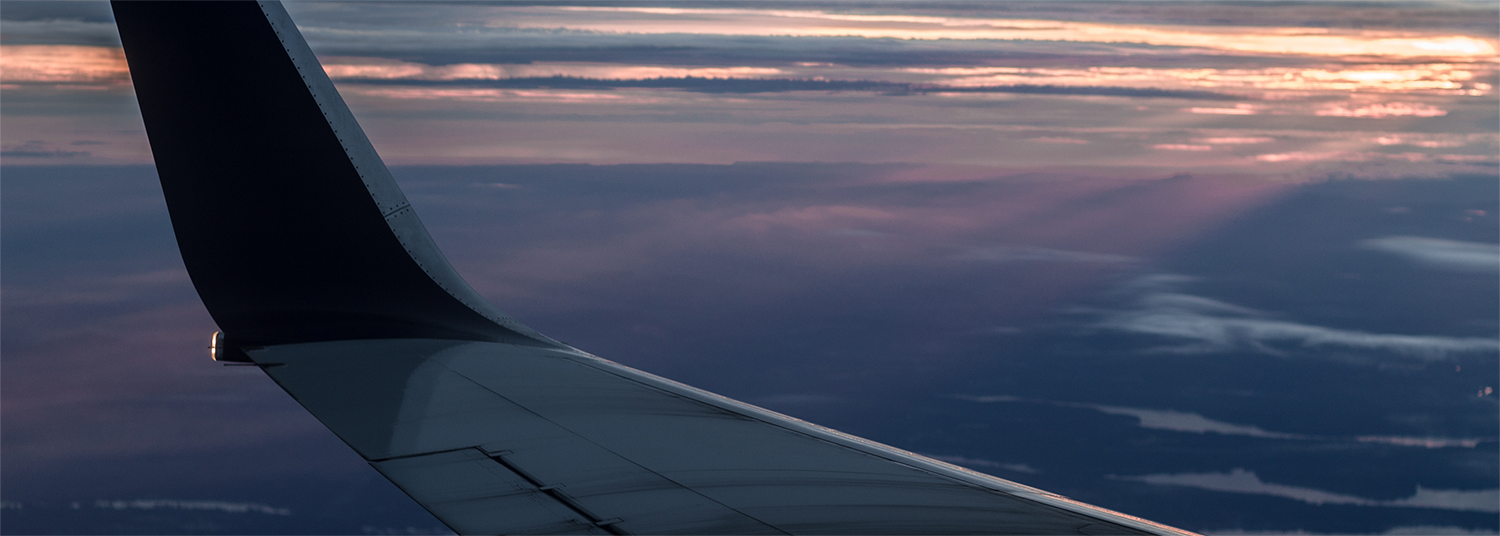


Source: Lucy Domachowski | www.dailystar.co.uk
A UNITED Airlines flight from Heathrow to Chicago declared a mid-air emergency over UK and circled back to the London airport this morning. The pilot declared the emergency just 20 minutes after takeoff and there are unconfirmed reports of smoke and fumes in the cabin. Flight UA929 made a squawk 7700 call – the aviation term for a general emergency.
An emergency call was made at 29,000ft over Newport as the pilot took a left turn and headed back to London. The flight took off from Heathrow Terminal 3 at 8.28am this morning and was expected to arrive in Chicago O’Hare International Airport at 11.15am local time. The 26-year-old American aircraft arrived back at the UK’s busiest airport at 9.43am. Live data on FlightRadar24 showed arrivals and departures continued as the plane sat on the taxiway.
United Airlines said on their website they are addressing a “technical error” on the Boeing 767 but did not elaborate on the problem. They said on their website: “We want you to know your flight is departing late because we are addressing a technical issue on your plane. Your safety is our priority and we’re sorry for the inconvenience. (Estimated departure two hours 13 minutes late).”
Jonathan Vasdekas was on the flight and tweeted United Airlines saying: “Hey @united, we just landed back at Heathrow because of the smell of smoke in the cabin… could we please get a newer plane??
“Props to the captain and crew for getting us back on the ground safely.”
They replied: “Hello Jonathan, we apologize for this experience.
“Please know that safety is always our priority, and our teams will all work to get you back on the way as quickly as possible.”
Daily Star Online has contacted United Airlines for comment.
View original article
Leave a Reply